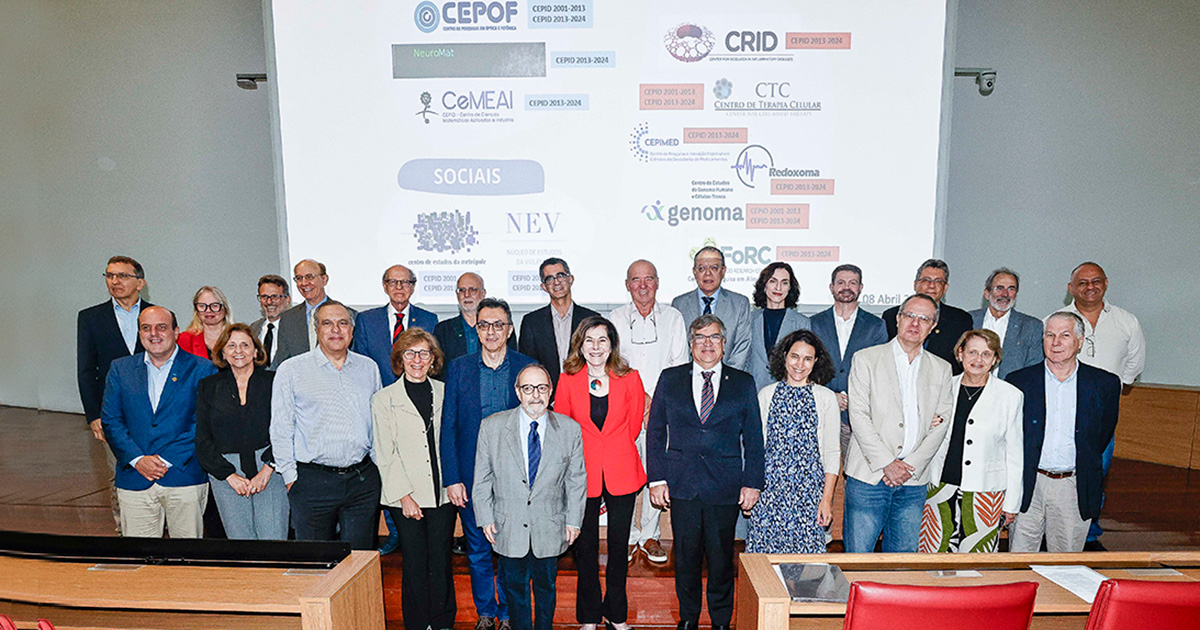Singular Shocks in a Chromatography Model:
Singular Perturbation Theory and Geometric Insight
Barbara Lee Keyfitz
Department of Mathematics, The Ohio State University
A standard model for two-component chromatographic separation provides a well-known example of a system of two hyperbolic conservation laws (quasilinear hyperbolic partial dierential equations) in a single space dimension and time. Systems of this type do not generally have smooth solutions, even for smooth data, so it is customary to seek weak solutions; and, in the standard theory, these solutions are functions of bounded variation. For particularly simple data, solutions are piecewise smooth, with simple jump discontinuities.
Recent analysis by Marco Mazzotti [7], however, has demonstrated that some chromatography models may have solutions of considerably less regularity, even for very simple data. Furthermore, Mazzotti’s predictions have been veried in experiments.
Mazzotti’s solutions lie in a class of functions, singular shocks , originally discovered by Keytz and Kranzer, [3,4], and subsequently studied in greater depth by Sever, [9]. Members of this class may contain measures (for example Dirac δ-functions), and elements weaker than measures. Overall, it is unclear in what sense singular shocks satisfy the conservation law.
In this talk, I expand on work by Stephen Schecter [8] which uses Geomet-ric Singular Perturbation Theory (GSPT) [2] to prove that approximations to singular shocks satisfy a well-known approximation, the self-similar Dafermos-DiPerna regularization [1], of one model system [6]. In addition to demonstrat-ing a mechanism for the approximation, GSPT also demonstrates the detailed structure of singular shock pro les. Besides the chromatography model, some examples include a classic model, which gave rise to the discovery of singu-lar shocks, of gas dynamics with the wrong variables conserved; an additional application of these ideas has led to some insights into a simplied model for incompressible two-phase flow [5].
This work is joint with Ting-Hao Hsu, Michael Sever, Charis Tsikkou, and Fu Zhang.
References
[1] C. M. Dafermos and R. J. DiPerna, The Riemann problem for certain classes of hyperbolic systems of conservation laws. J. Differential Equations 20 (1976), 90-114.
[2] C. K. R. T. Jones, Geometric singular perturbation theory. Dynamical systems (Montecatini Terme, 1994), Lecture Notes in Mathematics, Vol. 1609, Springer, Berlin, 1995, pp. 44-118.
[3] B. L. Keyfitz and H. C. Kranzer, A viscosity approximation to a system of conservation laws with no classical Riemann solution. In Nonlinear Hyperbolic Problems (Bordeaux, 1998), (eds. C. Carasso et al.), Lecture Notes in Mathematics, Vol. 1402; Springer, Berlin, 1989, pp. 185-197.
[4] B. L. Keyfitz and H. C. Kranzer, Spaces of weighted measures for conservation laws with singular shock solutions, J. Differential Equations, 118 (1995), 420-451.
[5] B. L. Keyfitz, M. Sever and F. Zhang, Viscous Singular Shock Structure for a Nonhyperbolic Two-Fluid Model, Nonlinearity , 17 (2004), 1731-1747.
[6] B. L. Keyfitz and C. Tsikkou, Conserving the Wrong Variables in Gas Dynamics: A Riemann Solution with Singular Shocks, Q. Applied Mathematics, LXX (2012), 407-436.
[7] M. Mazzotti, Non-classical composition fronts in nonlinear chromatography – Delta-shock, Indust. & Eng. Chem. Res., 48 (2009), 7733-7752.
[8] S. Schecter, Existence of Dafermos proles for singular shocks, J. Differential Equations 205 (2004), 185-210.
[9] M. Sever, Distribution solutions of nonlinear systems of conservation laws, Memoirs of the AMS, 889 (2007), 1-163.






